Harry Patch and War Horse
It’s just two years since the death, at 111 years of age, of Harry Patch – often called “the Last Fighting Tommy.” He was the last surviving soldier to have fought in the trenches of the First World War. In August 2009, on the day of his funeral at Wells Cathedral, the bells were tolled 111 times, marking each year of his life.
�In October 1916 Harry Patch was conscripted as a private into the Duke of Cornwall’s Light Infantry and he served as an assistant gunner in a Lewis Gun section. While in France Patch fought at the blood bath at Passchendale and was injured in the groin when a shell exploded, killing three of his comrades.
Patch remarked on his survival: “Any one of them could have been me. Millions of men came to fight in this war and I find it incredible that I am the only one left.”
It wasn’t until 1998 that Harry Patch ever spoke publicly about his war experiences, breaking his silence to participate in BBC One’s documentary “Veterans”.
In this, and later interviews, he vividly brought back to life the horrors and the shocking experiences of the men who fought in “the war to end all wars”: “if any man tells you he went over the top and he wasn’t scared, he’s a damn liar.”
He also recalled the story of Moses descending from Mount Sinai with the Ten Commandments and described how the injunction not to kill influenced his actions when he came face to face with a German soldier. He shot him in the shoulder â forcing him to drop his rifle, but he did not shoot to kill. The solider kept coming at him and he then shot him in the ankle and above the knee: “I had about five seconds to make the decision. I brought him down but I didn’t kill him.”
Many of my generation heard stories of the First World War from our grandparents. I wanted to know what lay behind my grandfather’s medals, and the pictures which he had taken, serving with Allenby in the Middle East â taken in Gaza, Jerusalem, the West Bank, and Mesopotamia (Iraq). In a war which took the lives of ten million men â 800,000 of them British – he and his contemporaries had somehow survived, but most were like Harry Patch did not want to speak much about the events which they had witnessed; what they had seen and experienced.
I had assumed that, as these veterans died, interest in the Great War would diminish but, in fact, the opposite has happened. In part this is because of some brilliant documentaries; in part because study of the war in the national curriculum; but more than any other reason – because families and communities know their own stories and are determined not to let the sacrifices of so many be easily forgotten.
This came home to me when my thirteen-year-old son asked me about the War. Last year his’ school made their annual visit to the Flanders battlefields â and he had also been to the excellent exhibition and reconstructed trenches in the Imperial War Museum.
Each child in his school finds the name of a boy from the school who died in the First World War and writes an account of where the boy lived, anything that is known about him, and where he served and died. The school chaplain offers a Mass of Remembrance at the battlefield.
This is not glorification of war â rather, a sombre and telling understanding of a momentous and tragic period of our history.
And, it is clear that this determination not to forget is widely held.
Evidence may be seen every night at London’s National Theatre where, with acclaim, packed houses greet their production of “War Horse”. I recently went to see this stunning adaptation of Michael Murpurgo’s novel and was profoundly moved (and have been equally moved by Stephen Spielberg’s excellent movie).
Murpurgo is undoubtedly one of the finest story tellers in Britain today. He grew up in London just after the Second World War â a city of bomb sites and ration books. His mother often wept when she talked about the Second World War â and on the mantle-piece was a picture of Murpurgo’s uncle, Peter, shot down in 1941. Murpurgo read all the First World War poets â Owen, Sassoon, Blunden, and read Remarque’s “All Quiet On the Western Front.”
Many years later, living in the village of Iddesleigh, in Devon, he decided to write about the Great War himself.
He had come across an old painting of a cavalry charge â and decided to tell the story through the eyes of a horse: one million horses are estimated to have been killed in the conflict.
Between the Somme, in July 1916, and the Armistice, in November 1918, the British Army recorded 58,090 horses killed and 77,410 wounded by gun fire; 211 were killed and 2,220 wounded by poison gas, while several hundred were killed by aeroplane bombs. It is unbelievable that such things could have occurred during a twentieth century war when every soldier knew that horses could never match the industrialised military might and armaments of modern war.
“War Horse” captures the agony of maimed animals and successfully brings to the stage the story of the Devon family â the Narracotts â whose own fate is tied up with the fate of their animals. I am sure that I am not alone in almost forgetting that the horses on the stage were not real â so realistic and so absorbing is the story which unfolds.
Not for the first time, Michael Murpurgo has ensured that a greater story is told through a smaller one. His novels, Kensuke’s Kingdom and Why The Whales Came, are of a similar order.
And what would Harry Patch have made of War Horse? He described how, during the conflict he “came across a lad lying in a pool of blood…. He was beyond human help… and the final word he uttered was ‘Mother.’ I remember that lad in particular. It’s an image that has haunted me all my life, seared into my mind.”
Not to enter into such an image and such suffering would be to belittle the sacrifices made by Harry Patch and his comrades.
At the crossroads: Will the free world choose isolationism or global leadership? Essay for GIS Reports April 19th 2024.
https://www.gisreportsonline.com/r/crossroads-isol...

